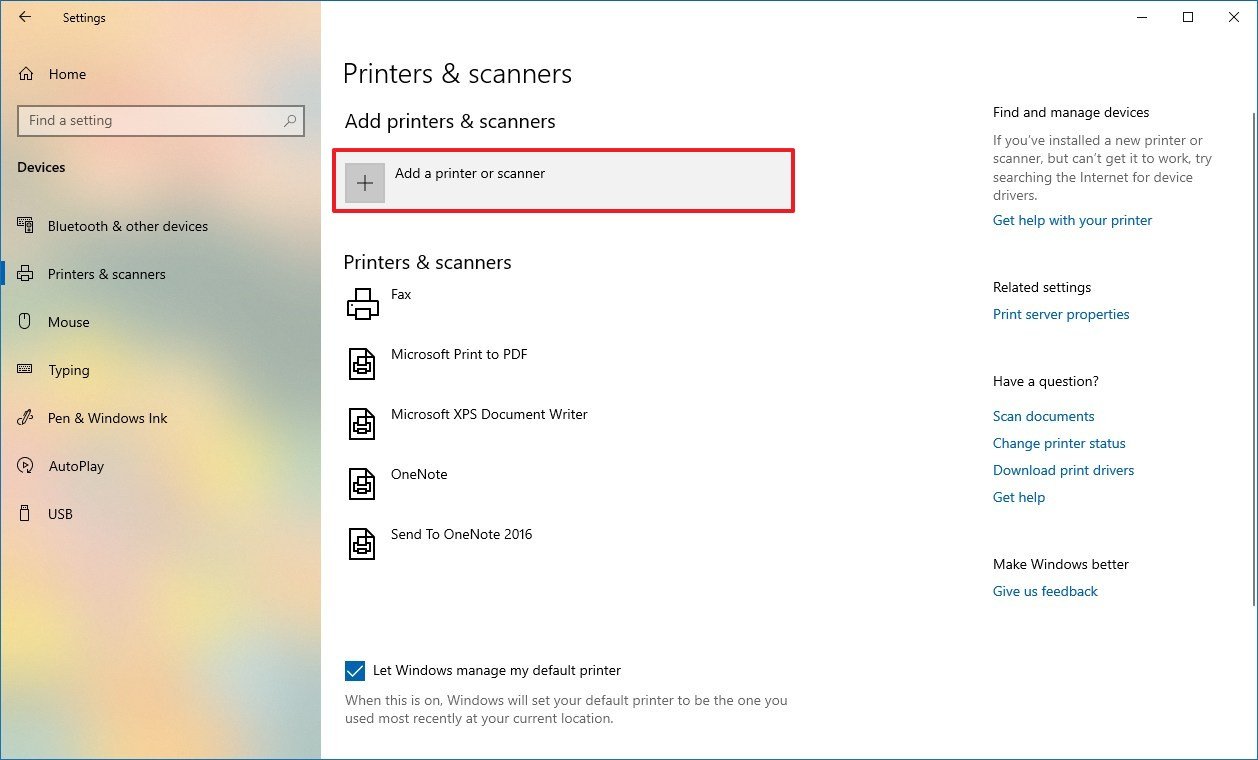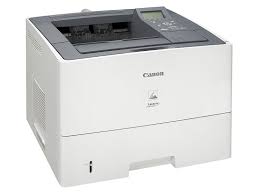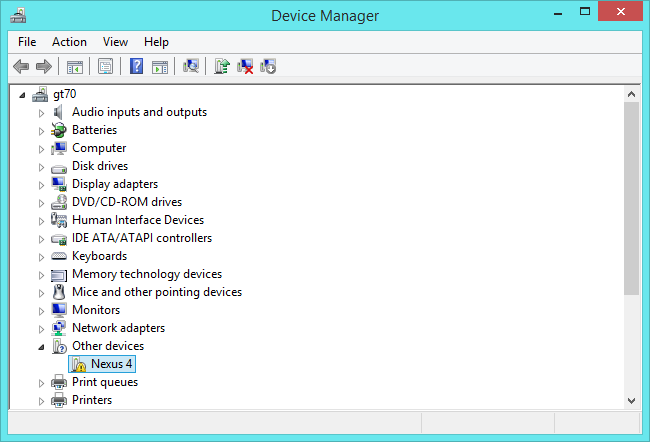Search the Knowledge Base:




How can I remove the Generic Windows driver?
(KB # ED3A0593)
| Symptom: |
|---|
How can I remove the Generic Windows driver? |
It's a generic WDM driver that can be used in various situations, especially when you're using an older audio device or running an older version of Windows which doesn't include support for your audio driver. ASIO4ALL is ideal for MIDI devices and provides installation without problems and requires no special knowledge or settings. The 'Generic Audio Driver Detected' issue is simply an error message that Windows Troubleshooter will display when your computer is having issues with the sound or audio system. The vendor of the multifunction card provides function drivers and INFs for the ISDN and modem devices, just as if they were separate devices. The illustration focuses on the function driver and bus driver for each function and their associated FDO and PDO. The purpose of this Wiki post. is to maintain an active list of community based drivers that are currently running on the Hubitat Elevation platform. As you add new devices to your network that are NOT listed in the 'List of Compatible Devices', please add them here to keep the Community up to date. See also, the Community Apps Wiki for a list community based applications. Please note: The.
Generic Multifunction Devices Driver Updater
Hp Multifunction Device Comments are closed. |
|---|